Home>Interior Design>How Can I Make My Living Room Beautiful? 11 Expert Tips
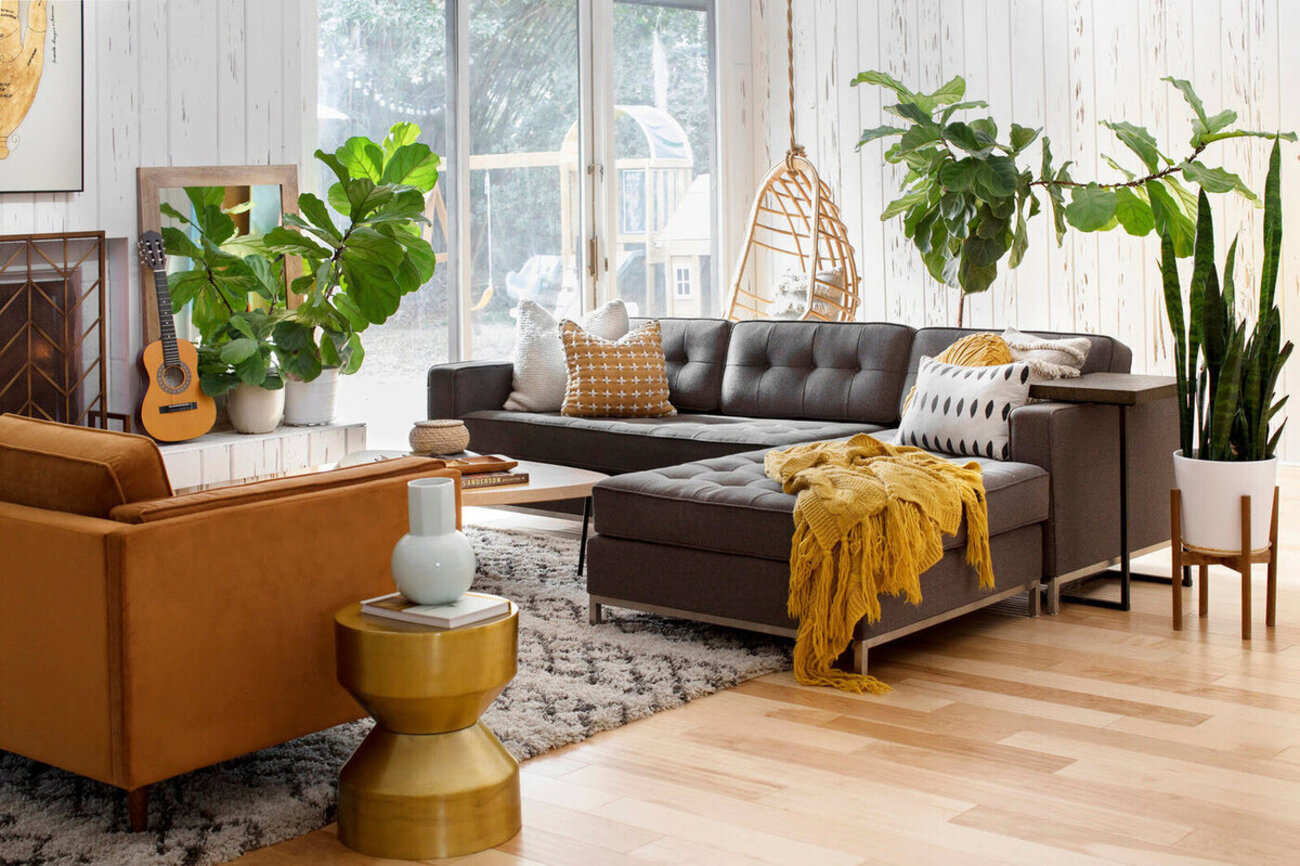

Interior Design
How Can I Make My Living Room Beautiful? 11 Expert Tips
Modified: January 8, 2024
Transform your living room into a stunning space with these 11 expert interior design tips. Create beauty and harmony in your home.
(Many of the links in this article redirect to a specific reviewed product. Your purchase of these products through affiliate links helps to generate commission for Storables.com, at no extra cost. Learn more)
Introduction
Designing a beautiful living room is not just about aesthetics; it’s about creating a comfortable and inviting space where you can relax and entertain. The living room is often the focal point of a home, where family and friends gather to spend quality time together. Whether you’re starting from scratch or looking to give your existing living room a makeover, there are several expert tips that can help you create a stunning and functional space.
In this article, we will explore 11 expert tips to make your living room beautiful. These tips cover everything from color schemes and lighting to furniture arrangement and decorative accessories. By implementing these ideas, you can transform your living room into a stylish and harmonious sanctuary that reflects your personal taste and enhances your lifestyle.
From selecting the right color scheme to incorporating plants and maximizing storage solutions, we will guide you through the process of creating a living room that suits your needs and preferences. Let’s dive in and discover how to make your living room a truly beautiful space.
Key Takeaways:
- 1. Transform your living room into a stunning sanctuary by choosing the right color scheme, incorporating effective lighting, and arranging furniture for comfort and conversation. Add stylish accessories and plants for a vibrant touch.
- 2. Elevate your living room with accent walls, mirrors, and well-designed flooring. Maximize storage solutions and maintain a clutter-free environment for a serene and inviting space that reflects your unique style.
Read more: How Can I Make My Small Living Room Cozy?
Choosing the Right Color Scheme
One of the most important factors in creating a beautiful living room is choosing the right color scheme. Colors have the power to evoke emotions, set the mood, and create a sense of harmony in a space. When selecting a color scheme for your living room, consider the overall style and ambiance you want to achieve.
A popular choice for living rooms is a neutral color palette. Neutral colors such as shades of white, beige, gray, and taupe create a serene and timeless backdrop that allows other elements in the room to shine. They also provide flexibility when it comes to changing the look and feel of the room in the future.
If you want to add a pop of color to your living room, consider using accent colors. These can be introduced through throw pillows, artwork, rugs, or even a statement piece of furniture. Accent colors can bring life to a neutral space and create visual interest.
Another approach is to opt for a monochromatic color scheme, which uses varying shades of a single color. This can create a sophisticated and cohesive look in your living room. For example, if you choose blue as your main color, you can incorporate lighter and darker shades of blue in your furniture, drapes, and accessories.
Bold and vibrant colors can also make a statement in a living room. Colors such as deep reds, jewel tones, or even vibrant yellows can add energy and personality to the space. However, it’s important to use these colors sparingly and balance them with neutral or lighter tones to avoid overwhelming the room.
In addition to considering the color on the walls, think about how different colors work together in your living room decor. Take into account the colors of your furniture, curtains, rugs, and other accessories. Harmonizing these elements will create a cohesive and visually appealing space.
Remember that natural light can affect the perception of color, so it’s important to consider how light enters your living room throughout the day. Test out swatches of paint on your walls and observe how they look in different lighting conditions before making a final decision.
Choosing the right color scheme for your living room sets the stage for the overall design and ambiance of the space. Whether you prefer a soothing and relaxed atmosphere or a bold and vibrant energy, selecting the right colors will help you achieve the desired look and feel in your living room.
Effective Lighting Options
Lighting plays a crucial role in creating a beautiful living room. It not only provides illumination but also sets the mood and enhances the overall atmosphere of the space. To make the most of your living room’s potential, consider incorporating various lighting options that cater to different needs and activities.
Start by incorporating ambient lighting, also known as general lighting. This type of lighting fills the room with a soft and even glow, providing overall illumination. It can be achieved through the use of ceiling fixtures, recessed lighting, or even floor lamps placed strategically around the room. Ambient lighting creates a warm and inviting ambiance, making your living room a comfortable space for relaxing or hosting gatherings.
Task lighting is another essential element to consider. This type of lighting is focused and directed towards specific areas or tasks, such as reading, working, or playing games. Floor lamps with adjustable heads, table lamps, or even wall-mounted sconces make excellent choices for providing task lighting in your living room. By incorporating task lighting, you can create functional and well-lit areas within the room for various activities.
Accent lighting is perfect for highlighting architectural features, artwork, or decorative elements in your living room. This type of lighting adds depth and visual interest to the space. Use recessed lights, track lighting, or adjustable spotlights to draw attention to specific areas or objects. This helps create a focal point while adding layers of illumination, creating a dynamic and visually appealing atmosphere.
Natural light should also be utilized to its fullest potential. If your living room has windows, take advantage of them by keeping curtains or blinds open during the day, allowing natural light to flood the space. Natural light brings a fresh and airy feel to the room, making it appear more spacious and inviting. Consider incorporating sheer curtains or light-filtering shades to maintain privacy while still maximizing natural light.
When it comes to lighting fixtures, choose styles that complement the overall design and aesthetics of your living room. Whether you prefer modern and sleek fixtures or vintage-inspired chandeliers, the right lighting fixtures can become statement pieces that enhance the visual appeal of the room.
It is also important to have control over the intensity and brightness of your lighting. Use dimmer switches or smart lighting systems to easily adjust the lighting levels to suit different occasions and moods in your living room. This allows you to create an ambient and cozy atmosphere for a movie night or bright and energetic lighting for a social gathering.
By strategically incorporating different types of lighting and utilizing natural light, you can create a versatile and visually stunning living room. Proper lighting not only illuminates the space but also adds depth, ambiance, and functionality to make your living room truly beautiful.
Well-Designed Furniture Arrangement
The arrangement of furniture in your living room plays a crucial role in both the functionality and aesthetics of the space. A well-designed furniture layout not only maximizes the available space but also ensures that the room flows smoothly and feels balanced. Consider the following tips to create a beautiful and functional furniture arrangement in your living room.
First, assess the size and shape of your living room. This will help determine the most efficient furniture layout for the space. Take measurements of the room and furniture pieces to ensure a proper fit and avoid overcrowding.
Start by identifying the focal point of the room, such as a fireplace, a large window with a view, or a television. Arrange your furniture around this focal point to create a sense of symmetry and balance. The focal point will serve as the anchor for the rest of your furniture arrangement.
Next, consider the traffic flow in the room. Arrange the furniture in a way that allows for easy movement and avoids obstructing pathways. Ensure that there is enough space for people to walk comfortably around the furniture without feeling cramped or restricted.
Create conversation areas by grouping furniture together to encourage interaction and socialization. Place sofas and chairs facing each other to promote conversation and facilitate a cozy atmosphere. Coffee tables or ottomans can be placed in the center to provide a convenient surface for drinks and snacks.
Consider the scale and proportion of the furniture pieces. Ensure that they are appropriately sized for the space and each other. A large sofa in a small room can overpower the space, while small furniture in a large room can make it feel empty. Aim for a balance between comfort and proportionality.
Utilize multipurpose furniture to maximize functionality in your living room. Choose pieces that provide storage options like ottomans with hidden compartments or coffee tables with built-in shelves. This allows you to keep the room organized and clutter-free while adding functionality to the space.
Don’t be afraid to experiment with different furniture arrangements. Try out different configurations until you find the one that suits your personal style and meets your needs. Rearranging furniture can also give your living room a fresh and updated look without spending a dime.
Lastly, pay attention to the visual flow and aesthetics of the furniture arrangement. Ensure that there is a cohesive design and color scheme throughout the space. Consider the placement of decorative accessories and artwork to enhance the overall look of the room.
A well-designed furniture arrangement can transform your living room into a beautiful and functional space. By considering the size of the room, the traffic flow, and the proportionality of the furniture pieces, you can create a layout that promotes comfort, conversation, and visual harmony.
Selecting the Perfect Centerpiece
A centerpiece adds a focal point and brings a sense of style and personality to your living room. It’s the perfect opportunity to showcase your individual taste and create a visually stunning focal point that ties the entire room together. When selecting a centerpiece for your living room, consider the following tips to ensure it is perfect for your space.
First, decide on the type of centerpiece that suits your style and the overall theme of your living room. It could be a large statement piece such as a striking piece of artwork, a captivating sculpture, or a grand piano. Alternatively, you can opt for a functional centerpiece like a stylish coffee table, a beautifully crafted bookshelf, or a well-designed entertainment unit. Choose something that not only enhances the aesthetic appeal but also serves a purpose in your living room.
Consider the scale of the centerpiece in relation to the size of your living room. A small room may be overwhelmed by an oversized centerpiece, while a large room may require something more substantial to create a visually balanced look. Take measurements of your available space and consider how the centerpiece will fit with the existing furniture and other elements in the room.
Color and texture are important factors to consider when selecting a centerpiece. Choose a piece that complements or contrasts with the color scheme of your living room. For example, if your room features neutral tones, a vibrant and colorful artwork can add a pop of color and create visual interest. If your room has a variety of textures, consider a centerpiece that adds a different texture to create a layered and visually appealing look.
If you choose artwork as your centerpiece, consider the style and theme of the artwork. Abstract pieces can bring a contemporary and eclectic vibe, while landscape paintings can create a serene and natural ambiance. Select artwork that speaks to your personal taste and evokes the desired mood in your living room.
Additionally, consider the placement of the centerpiece in your living room. The centerpiece should be positioned where it can be easily seen and appreciated. For example, a coffee table centerpiece should be placed in the middle of the table, while a sculpture can be placed on a pedestal or in a prominent corner of the room.
Don’t be afraid to get creative with your centerpiece. Consider unconventional options such as a statement lighting fixture, a unique and eye-catching rug, or a beautifully arranged collection of decorative objects. The key is to choose something that reflects your personality and brings joy to your living room.
Remember to regularly update and refresh your centerpiece to keep your living room feeling dynamic and inviting. Rotate artwork, swap out decorative accessories, or even change the layout of your furniture to create a new visual centerpiece.
Selecting the perfect centerpiece for your living room can elevate the design and ambiance of the space. Consider the scale, color, texture, and placement of the centerpiece to ensure it enhances the overall aesthetic and becomes a captivating focal point in your living room.
Incorporating Stylish Decorative Accessories
Decorative accessories play a crucial role in adding the finishing touches to your living room and bringing the space to life. They have the power to enhance the overall aesthetic, add personality, and create visual interest. When incorporating decorative accessories into your living room, consider the following tips to ensure a stylish and cohesive look.
Start by selecting a theme or style for your decorative accessories. Whether it’s modern, bohemian, coastal, or traditional, having a cohesive theme will help guide your accessory choices and create a harmonious look in your living room. Choose accessories that fit within the chosen theme or mix different styles for an eclectic and unique approach.
Consider the scale and proportion of your decorative accessories. Too many small accessories can create a cluttered look, while oversized accessories can overpower the space. Aim for a balance between different sizes and shapes to create visual interest and a well-balanced arrangement.
One of the key aspects to consider when incorporating decorative accessories is color. Choose accessories that complement or contrast with the existing color scheme of your living room. For example, if your room features neutral tones, consider incorporating bold and vibrant accessories to add pops of color. On the other hand, if your room already has a vibrant color scheme, opt for more neutral accessories to create a sense of balance.
Texture is another important element to consider. Mix and match different textures to add depth and visual interest to your living room. Incorporate accessories with smooth, rough, woven, or metallic textures to create a multi-dimensional and inviting space. For example, you can add plush throw pillows, textured rugs, or woven baskets to introduce different textures into the room.
Consider the placement and arrangement of your decorative accessories. Group accessories together in vignettes or clusters to create visual impact. Place accessories on side tables, shelves, or mantels to draw attention to specific areas of the room. Play with heights and layering to create a dynamic and visually pleasing arrangement.
Incorporate personal touches into your decorative accessories. Display family photos, artwork created by loved ones, or souvenirs from memorable trips. These personal touches not only add character to your living room but also make it feel more inviting and unique to you.
Don’t be afraid to mix and match different materials and finishes. Combine metallic accents with natural textures, or mix vintage and modern elements. This creates an eclectic and curated look that adds personality and visual intrigue to your living room.
Regularly rotate and refresh your decorative accessories to keep your living room feeling fresh and updated. Switch out pillows, swap artwork, or rearrange accessories periodically to create a new and exciting look.
Incorporating stylish decorative accessories is the final touch that brings your living room to life. By selecting accessories that fit within a theme, considering color and texture, and placing them strategically, you can create a visually stunning and personalized space that reflects your style and adds a sense of warmth and charm.
Creating an Accent Wall
Creating an accent wall is a fantastic way to add depth, visual interest, and personality to your living room. An accent wall is a focal point that stands out from the rest of the walls in the room, creating a striking and stylish statement. When creating an accent wall in your living room, consider the following tips to make it visually appealing and cohesive with the overall design.
First, choose the right wall for your accent wall. Typically, the wall behind the TV or fireplace makes an excellent choice as it naturally draws attention. However, you can also select a different wall that you would like to highlight or one that can serve as a backdrop for your furniture arrangement.
Decide on the type of treatment you want for your accent wall. The most common options include painting, wallpapering, or using texture or 3D wall panels. Each option provides a unique and impactful look. Consider the overall style and theme of your living room when choosing the treatment.
Painting is a popular choice for creating an accent wall. Choose a bold and contrasting color that complements the rest of the room. For example, if your living room has neutral tones, a deep navy blue or a vibrant emerald green can make for a stunning accent wall. If you prefer a more subtle approach, consider a shade lighter or darker than the existing wall color for a tone-on-tone effect.
Alternatively, wallpaper can add pattern, texture, and visual interest to your accent wall. Choose a design that fits within the overall design aesthetic of your living room, whether it’s a subtle geometric pattern, a textured grasscloth finish, or a bold floral print. Wallpaper can instantly transform your accent wall and create a unique focal point.
If you want to take your accent wall to the next level, consider using texture or 3D wall panels. These can provide a contemporary and eye-catching look, adding depth and dimension to your living room. From stacked stone panels to patterned tiles, there is a variety of options to choose from to create a truly captivating accent wall.
Consider incorporating additional elements to enhance your accent wall. Install built-in shelves or niches to display decorative accessories or art pieces. Hang a large mirror or a gallery wall to create visual interest and reflect light. These additional elements can elevate the impact of your accent wall and make it even more stunning.
When creating an accent wall, it’s important to maintain a cohesive design aesthetic with the rest of the room. Consider the color scheme, furniture, and decor in your living room to ensure that the accent wall complements the overall style rather than overpowering it.
Creating an accent wall in your living room can transform the space and add a wow factor. Whether through paint, wallpaper, or textured panels, the accent wall becomes a focal point that captures attention and expresses your personal style. With careful consideration of color, treatment, and additional elements, you can create a stunning accent wall that enhances the beauty of your living room.
Add a statement piece, such as a colorful rug or a unique piece of art, to create a focal point in the room and add visual interest. This can instantly elevate the look of your living room.
Utilizing Mirrors for Space and Light
Mirrors have long been used as a design element to create a sense of space, amplify natural light, and add a touch of elegance to any room, including the living room. When strategically placed, mirrors can transform the look and feel of your living room. Here are some tips for utilizing mirrors to enhance space and light in your living room:
1. Reflect Natural Light: Position mirrors across from windows or sources of natural light to maximize the reflection. This will help bounce light around the room, making it feel brighter and more spacious. Placing the mirror opposite a window also allows you to capture scenic outdoor views and bring them into the living room.
2. Create the Illusion of Space: Mirrors have the ability to visually expand a room. By placing a large mirror on a wall, especially in a smaller living room, you can create the illusion of additional square footage. Opt for a full-length or floor-to-ceiling mirror to make the room appear larger and more open.
3. Strategic Placement: Consider where to place mirrors in your living room. Hanging a mirror on a wall that is perpendicular to a window or doorway will help reflect light into deeper areas of the room. Another effective placement is behind a focal point, such as a fireplace or a beautiful piece of artwork. This technique not only adds depth and dimension to the room but also draws attention to the focal point.
4. Reflect Interesting Elements: Use mirrors to highlight architectural features or focal points in your living room. For example, positioning a mirror above a fireplace can accentuate the elegance of the mantel and create a captivating reflection of the space. Mirrors can also be placed strategically to reflect a captivating piece of artwork or a stunning light fixture, making them more prominent in the room.
5. Grouping Mirrors: Consider grouping mirrors of different shapes and sizes to create an interesting and dynamic display on a wall. This can add a decorative element to your living room while enhancing the illusion of space. Experiment with different arrangements and mirror styles to find a grouping that complements the overall design aesthetic of the room.
6. Mirrored Furniture: Incorporating furniture with mirrored surfaces, such as coffee tables, side tables, or consoles, can instantly add glamour and reflection to your living room. Mirrored furniture not only looks stylish but also helps bounce light around the room, creating a sense of openness and airiness.
7. Be Mindful of Placement: While mirrors can be a wonderful addition to any living room, be mindful of their placement to avoid reflecting unsightly views or cluttered areas. Additionally, be cautious of mirrors that may create a lot of glare or reflect too much direct sunlight, which can be distracting or uncomfortable.
By strategically utilizing mirrors in your living room, you can create a sense of spaciousness and enhance the natural light. Whether through reflecting light, creating the illusion of space, or highlighting focal points, mirrors can be both functional and decorative additions to your living room design. Experiment with different sizes, shapes, and placements to find the perfect mirror arrangements that transform your living room into a bright, airy, and visually stunning space.
Enhancing the Flooring
The flooring in your living room plays a significant role in setting the tone and style of the space. Whether you have hardwood, carpet, tile, or laminate, there are various ways to enhance the flooring and add a touch of beauty and sophistication. Here are some tips for enhancing the flooring in your living room:
1. Choose the Right Material: Select flooring materials that align with your desired aesthetic and lifestyle. Hardwood floors offer a timeless and elegant look and can be easily matched with various design styles. Carpet provides warmth and comfort underfoot, making it ideal for creating a cozy ambiance. Tile or laminate flooring offers durability and versatility with a wide range of design options. Consider your preferences, maintenance requirements, and budget before making a decision.
2. Incorporate Area Rugs: Area rugs can instantly elevate the look and feel of your living room flooring. They add texture, color, and pattern, while also providing comfort and defining specific areas within the room. Choose area rugs that complement the overall design scheme of your living room and place them strategically to anchor furniture groupings or create visual interest.
3. Experiment with Patterns: Consider adding patterned flooring to make a bold statement in your living room. Whether it’s a geometric design, intricate tile pattern, or a classic herringbone arrangement, patterned flooring can become a focal point that adds visual interest and personality to the space. Just be sure to balance the pattern with the other elements in the room, keeping in mind the scale and proportion.
4. Highlight Natural Materials: If your living room has natural flooring materials like hardwood or stone, embrace their inherent beauty by properly caring for and maintaining them. Keep the floors clean and polished to enhance their natural luster. Consider applying a protective sealant to prevent stains and moderate wear and tear. Utilize rugs or floor runners to add warmth and protect high-traffic areas while still showcasing the natural flooring.
5. Install Underfloor Heating: If you want to take your living room flooring to the next level of comfort, consider installing underfloor heating. This modern feature not only keeps your feet warm during colder months but also eliminates the need for bulky radiators or space-consuming heaters. Underfloor heating can be installed under various types of flooring, providing a luxurious touch and enhancing the overall ambiance of the room.
6. Add Floor-Length Curtains: Enhance the visual impact of your living room flooring by installing floor-length curtains or drapes. This design element draws attention downward, creating a cohesive and polished look. Choose curtains that complement the color scheme and style of the room and opt for materials that provide a subtle sheen or texture to add dimension.
7. Incorporate Decorative Floor Features: Consider incorporating decorative floor features to enhance the visual appeal of your living room. This can include patterned mosaic tiles, decorative medallions, or even a unique inlay design. These features can become artistic focal points that add character and elevate the overall design of the space.
Remember to consider both aesthetics and functionality when enhancing your living room flooring. Select materials and design elements that not only look beautiful but also suit your lifestyle and meet your practical needs. By incorporating rugs, experimenting with patterns, highlighting natural materials, and adding decorative features, you can transform your living room flooring into a stunning feature that enhances the overall beauty and style of the room.
Adding Plants and Greenery
Adding plants and greenery to your living room is a wonderful way to freshen up the space, improve air quality, and bring a touch of nature indoors. Indoor plants not only enhance the aesthetic appeal but also create a calming and vibrant atmosphere. Here are some tips for adding plants and greenery to your living room:
1. Choose the Right Plants: Consider the lighting conditions and the amount of care and maintenance you are willing to provide before selecting your indoor plants. Some plants thrive in brighter, sunlit areas, while others prefer low light conditions. Take into account the size of the plant and how it will fit into your living room space. Research the care requirements and choose plants that are suitable for your lifestyle and the specific conditions in your living room.
2. Create a Focal Point: Make a statement by placing a large, eye-catching plant as a focal point in your living room. A tall and lush plant like a fiddle-leaf fig or a dramatic snake plant can add height and visual interest to the space. You can also display a collection of smaller plants on a plant stand or shelf to create a layered and vibrant display.
3. Play with Placement and Groupings: Experiment with different arrangements and groupings of plants to create visual appeal. Place plants on side tables, coffee tables, or in empty corners to fill the space and add a touch of greenery. Consider varying heights and textures to create an interesting composition. Grouping plants with different shapes and sizes can also create a mini indoor garden effect.
4. Hanging Plants: Utilize hanging plants to add a vertical element and create visual interest in your living room. Macrame plant hangers or stylish wall-mounted planters can be used to showcase trailing plants like pothos or spider plants. Hanging plants not only add greenery at eye level but also make use of vertical space and draw the eye upward, making the room feel more expansive.
5. Mix and Match Planters: Choose a variety of planters in different materials, shapes, and sizes to add visual diversity to your living room. Ceramic, terracotta, or woven planters can bring texture and personality to the space. Experiment with a mix of neutral tones or go bold with vibrant colors to complement your living room aesthetic.
6. Consider Functionality: In addition to their decorative value, some plants offer air-purifying properties. Incorporate plants like aloe vera, peace lilies, or snake plants to improve indoor air quality and create a healthier living environment. These plants can remove toxins and release oxygen, enhancing the overall well-being of your living room.
7. Maintain and Care for Your Plants: To ensure the longevity of your indoor plants, provide them with suitable light, water, and humidity levels. Each plant has specific care requirements, so it’s important to familiarize yourself with each plant’s needs. Regularly check and adjust watering schedules based on the plant’s moisture requirements. Remove dead leaves or flowers to keep your plants looking healthy and vibrant.
Adding plants and greenery to your living room brings life and freshness to the space. Whether you choose large statement plants or a collection of smaller ones, plants can enhance the overall aesthetic, improve air quality, and create a soothing and inviting living environment. With proper care and attention, your living room can become a lush and vibrant sanctuary that brings the beauty of nature indoors.
Maximizing Storage Solutions
A well-organized living room not only looks visually pleasing but also creates a sense of calm and functionality. Maximizing storage solutions is key to keeping your living room clutter-free and ensuring that everything has its designated place. Here are some tips for maximizing storage in your living room:
1. Multi-Functional Furniture: Opt for furniture pieces that serve a dual purpose, providing both seating and storage. Look for coffee tables with built-in drawers or shelves, ottomans with hidden compartments, or entertainment units with ample storage space. These multi-functional furniture pieces help maximize storage while keeping the room tidy.
2. Wall-Mounted Shelves: Install wall-mounted shelves to take advantage of vertical storage space. This allows you to display books, decorative objects, or storage baskets without taking up valuable floor space. Consider floating shelves for a sleek and minimalist look or go for more substantial shelving units for added storage capacity.
3. Utilize Underutilized Spaces: Look for opportunities to make use of underutilized spaces in your living room. This can include utilizing the area under the staircase for built-in shelves or incorporating storage units that fit in narrow gaps or alcoves. Be creative and identify spaces that can be transformed into functional storage solutions.
4. Stylish Storage Baskets and Boxes: Invest in decorative storage baskets and boxes to keep small items organized and out of sight. These can be placed on open shelves or inside cabinets to maintain a clean and clutter-free living room. Choose baskets and boxes that complement the design aesthetic of your living room, adding a touch of style along with practicality.
5. TV Unit with Storage: If you have a television in your living room, consider getting a TV unit with storage options. Look for units that feature cabinets or drawers for hiding away DVDs, gaming consoles, or remote controls. This keeps your entertainment area organized and prevents clutter from building up.
6. Display Cabinets or Bookshelves: Incorporate display cabinets or bookshelves in your living room to showcase your favorite books, collectibles, or artwork. These not only provide storage but also add a decorative element to the room. Organize items in an aesthetically pleasing way, using a mix of books, vases, framed photos, and other decorative objects.
7. Conceal with Curtains or Room Dividers: If you have open shelving or storage areas that you prefer to keep hidden, use curtains or room dividers to conceal them when not in use. This allows you to maintain a clean and streamlined look in your living room while easily accessing items when needed.
8. Utilize Vertical Space: Take advantage of vertical space by installing hooks or hanging storage solutions on walls or behind doors. These can be used to hang coats, bags, or other accessories, keeping them off the floor and within easy reach.
9. Keep a Simple and Minimalist Approach: Avoid excessive decoration and unnecessary clutter in your living room. Embrace a minimalist approach and only keep items that are functional or have sentimental value. Regularly declutter and evaluate whether items are contributing to the overall aesthetics and functionality of the room.
Maximizing storage solutions in your living room is essential for maintaining a clean and organized space. By incorporating multi-functional furniture, utilizing vertical space, and being mindful of clutter, you can create a living room that is not only visually appealing but also functional and efficient. A well-organized living room allows you to fully enjoy the space and make the most of your time spent there.
Maintaining a Clutter-Free Environment
A clutter-free living room not only enhances the visual appeal but also promotes a sense of calm and relaxation. By creating a space that is organized and free of unnecessary items, you can maximize the functionality of your living room and create a peaceful environment. Here are some tips for maintaining a clutter-free living room:
1. Implement Regular Decluttering Sessions: Set aside dedicated time to declutter your living room on a regular basis. Whether it’s once a month or every few months, go through your belongings and assess what you truly need and what can be discarded or donated. Be honest with yourself and let go of items that no longer serve a purpose or bring you joy.
2. Designated Storage Spaces: Ensure that each item in your living room has its designated storage space. Whether it’s a drawer, shelf, or basket, assign a specific place for everything to avoid clutter. Make it a habit to return items to their designated storage space after use, keeping surfaces clean and tidy.
3. Conceal Cords and Wires: The presence of tangled cords and wires can create visual clutter in your living room. Use cable management solutions such as cord clips, cable boxes, or raceways to keep cords organized and out of sight. This helps create a clean and streamlined look while also making it easier to clean the floors and surfaces.
4. Use Decorative Storage Solutions: Incorporate decorative storage solutions, such as baskets, decorative boxes, or ottomans with hidden storage, to contain and organize smaller items like remote controls, magazines, or throw blankets. These storage solutions not only serve a practical purpose but also add aesthetic appeal to your living room.
5. Keep Surfaces Clear: Avoid overcrowding surfaces like coffee tables, side tables, or mantels. Limit the number of decorative objects and keep only essential items on display. This creates a sense of space and allows you to appreciate each individual item. When in doubt, follow the principle of “less is more” to maintain simplicity and visual clarity.
6. Regular Cleaning and Maintenance: Implement a regular cleaning routine to keep your living room free of dust and dirt. Vacuum or sweep the floors, wipe down surfaces, and dust shelves and furniture regularly. Maintaining a clean environment not only prevents clutter from accumulating but also ensures a fresh and inviting living space.
7. Utilize Minimalist Design Principles: Consider adopting minimalist design principles in your living room to create a clutter-free environment. Embrace simplicity, clean lines, and a neutral color palette. Choose functional and essential furniture pieces that serve a purpose and avoid excessive decoration. Minimalist design not only reduces clutter but also creates a feeling of openness and serenity.
8. Organize Cables and Electronics: Technology and electronic devices can contribute to a cluttered living room. Use cable organizers to keep cords neatly tucked away and label them to easily identify which cord belongs to which device. Store electronics in designated cabinets or shelves when not in use to minimize visual distraction.
9. Foster a “One In, One Out” Rule: To prevent the accumulation of unnecessary items, establish a “one in, one out” rule. Whenever you bring a new item into your living room, pledge to remove an old or unused item. This helps maintain balance and prevents clutter from building up over time.
By implementing these tips and developing good organizational habits, you can maintain a clutter-free living room that promotes relaxation and a sense of serenity. A clean and organized living space allows you to fully enjoy and appreciate your surroundings, creating a welcoming and harmonious environment for yourself and your guests.
Conclusion
Creating a beautiful living room is an endeavor that combines both design principles and personal preferences. By incorporating expert tips and infusing your own sense of style and personality, you can transform your living room into a space that is not only visually stunning but also functional and inviting.
Start by choosing the right color scheme, utilizing effective lighting options, and arranging furniture in a way that maximizes space and promotes conversation. Selecting a captivating centerpiece and incorporating stylish decorative accessories adds the finishing touches that elevate the room’s design.
Consider the impact of accent walls, mirrors, and flooring choices in enhancing the overall aesthetics and ambiance of your living room. Incorporating plants and greenery brings life and freshness to the space while maximizing storage solutions fosters organization and clutter-free living.
Maintaining a clutter-free environment allows for a sense of calm and tranquility, ensuring that your living room remains a sanctuary for relaxation and rejuvenation. By following these expert tips and infusing your own creativity, you can create a living room that reflects your personal style and becomes a welcoming space for you, your family, and your guests.
Remember, the key to a beautiful living room lies in finding the right balance between functionality, aesthetics, and the expression of your unique style. Experiment with different ideas, be open to creativity, and most importantly, create a space that you truly love and feel comfortable in.
With careful consideration of design principles, optimal lighting, thoughtful furniture arrangement, stylish accessories, and a touch of nature, your living room can become the heart of your home, a place where memories are made and cherished for years to come. So, start your journey to a beautiful living room today and let your imagination and creativity flourish.
Frequently Asked Questions about How Can I Make My Living Room Beautiful? 11 Expert Tips
Was this page helpful?
At Storables.com, we guarantee accurate and reliable information. Our content, validated by Expert Board Contributors, is crafted following stringent Editorial Policies. We're committed to providing you with well-researched, expert-backed insights for all your informational needs.
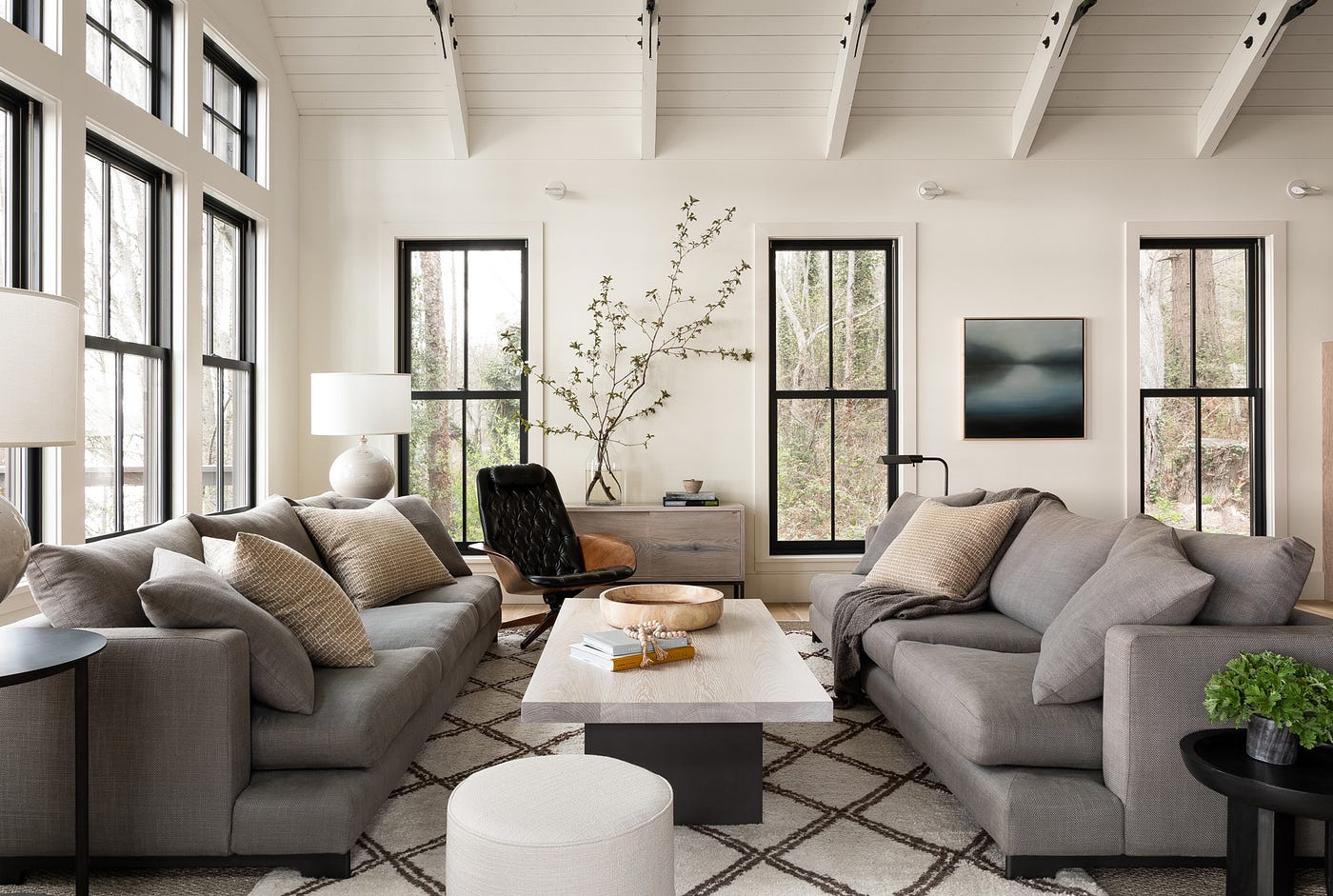
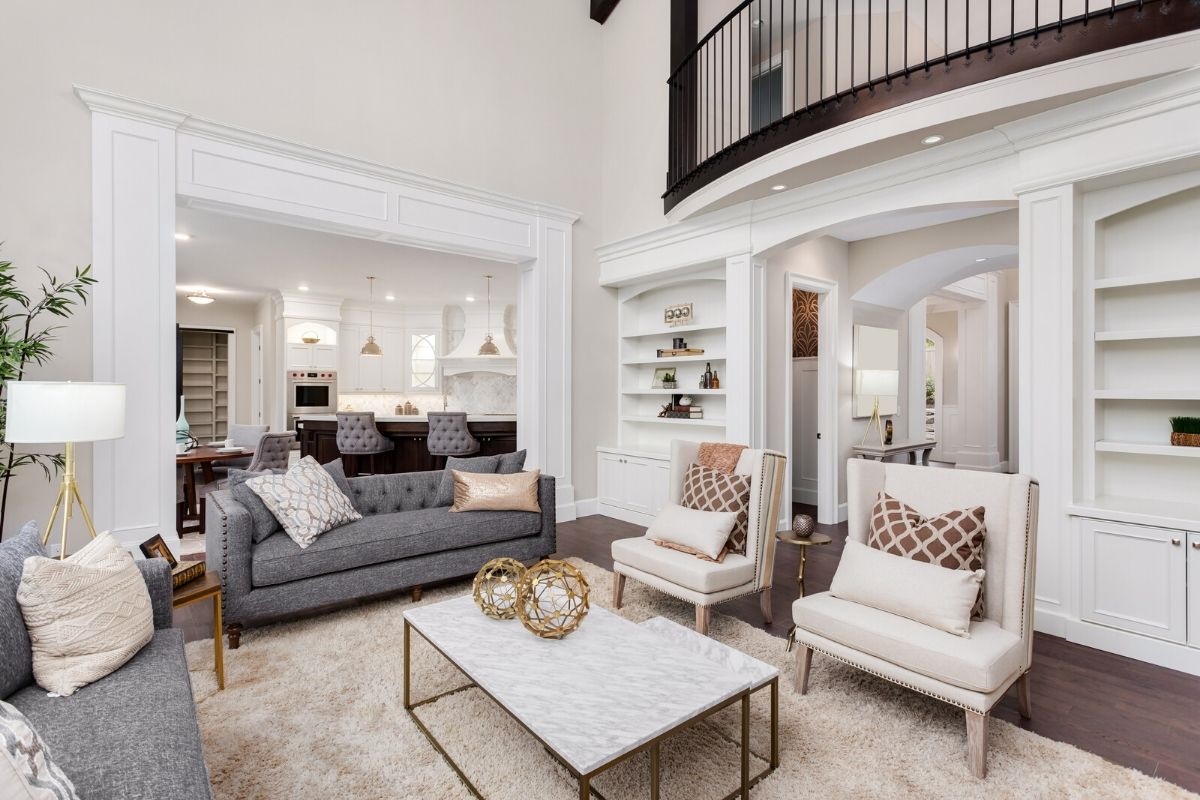
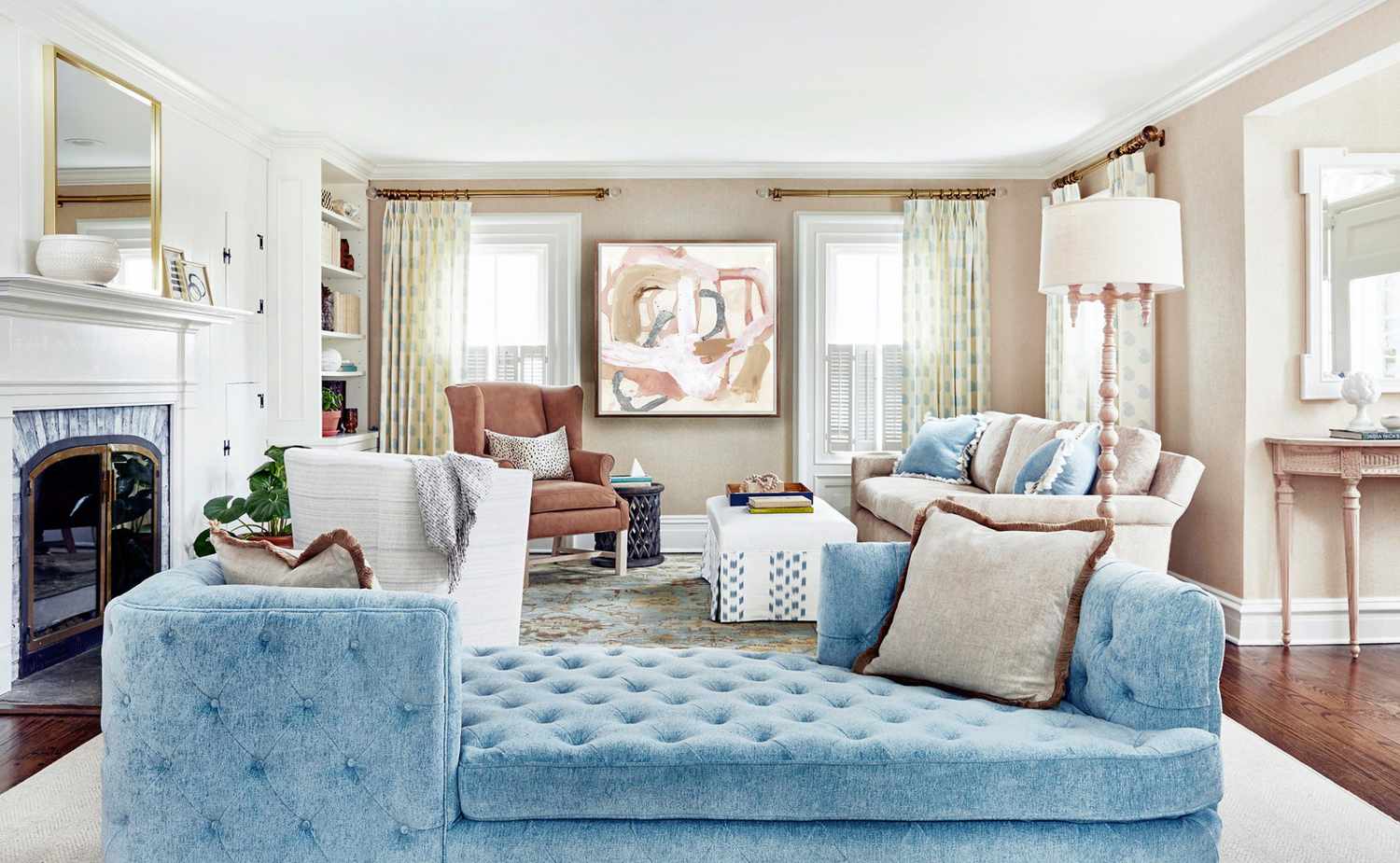

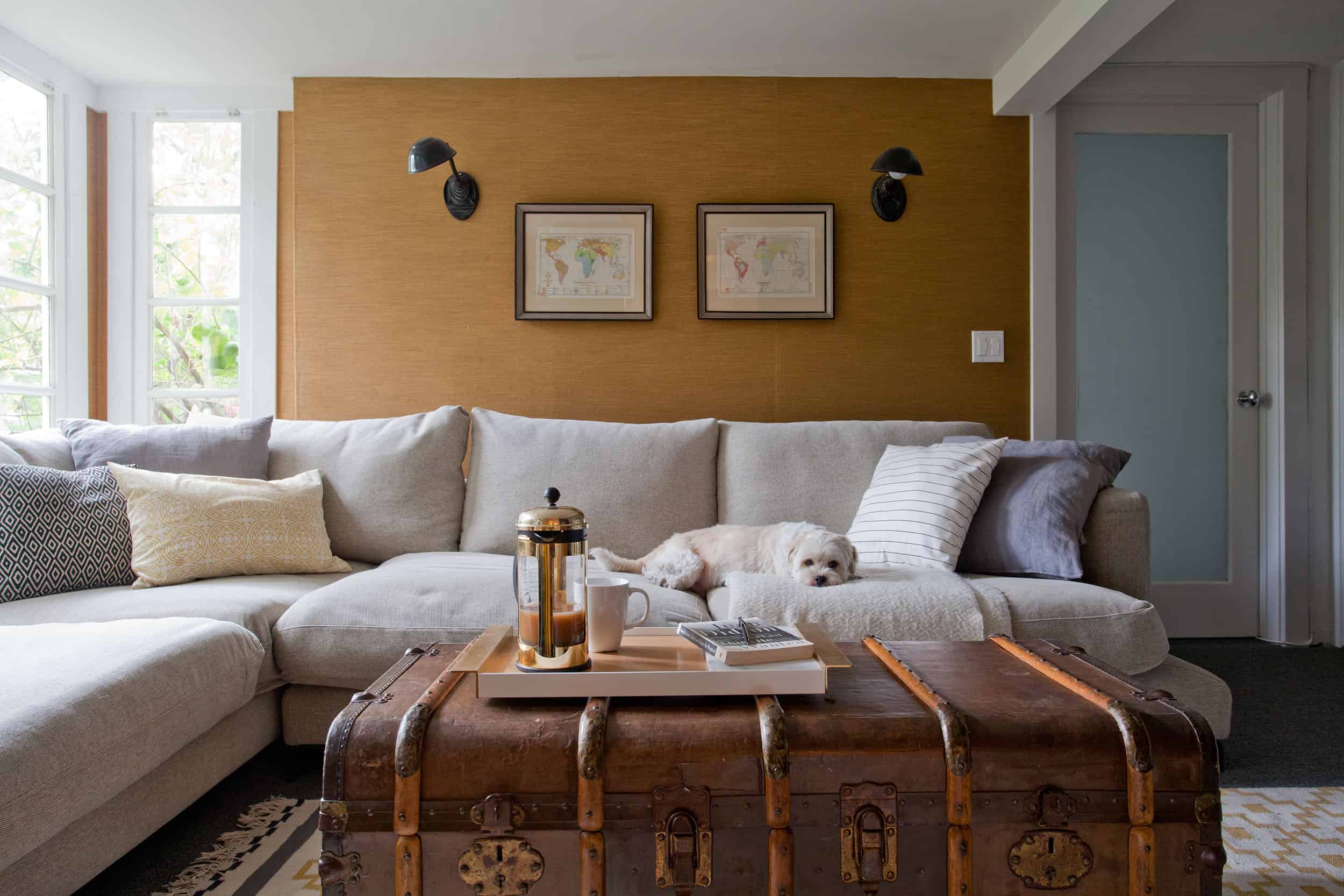
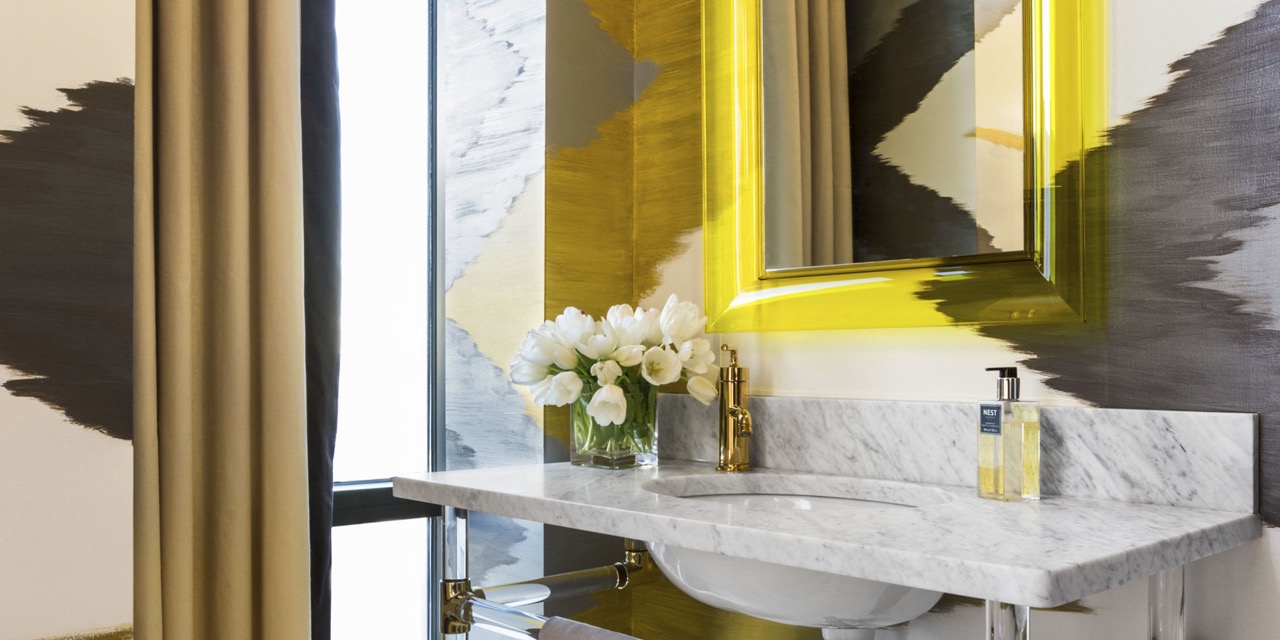
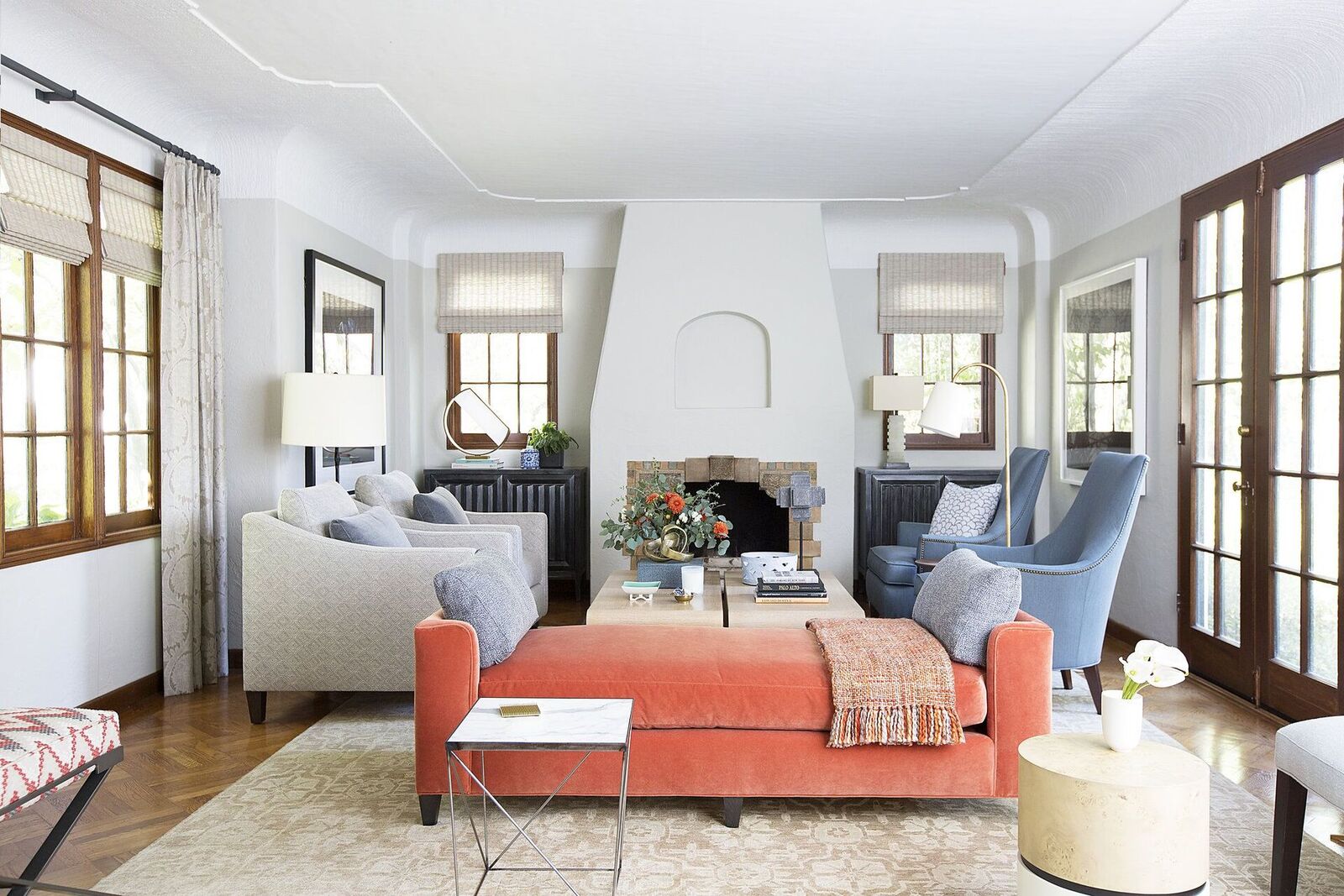
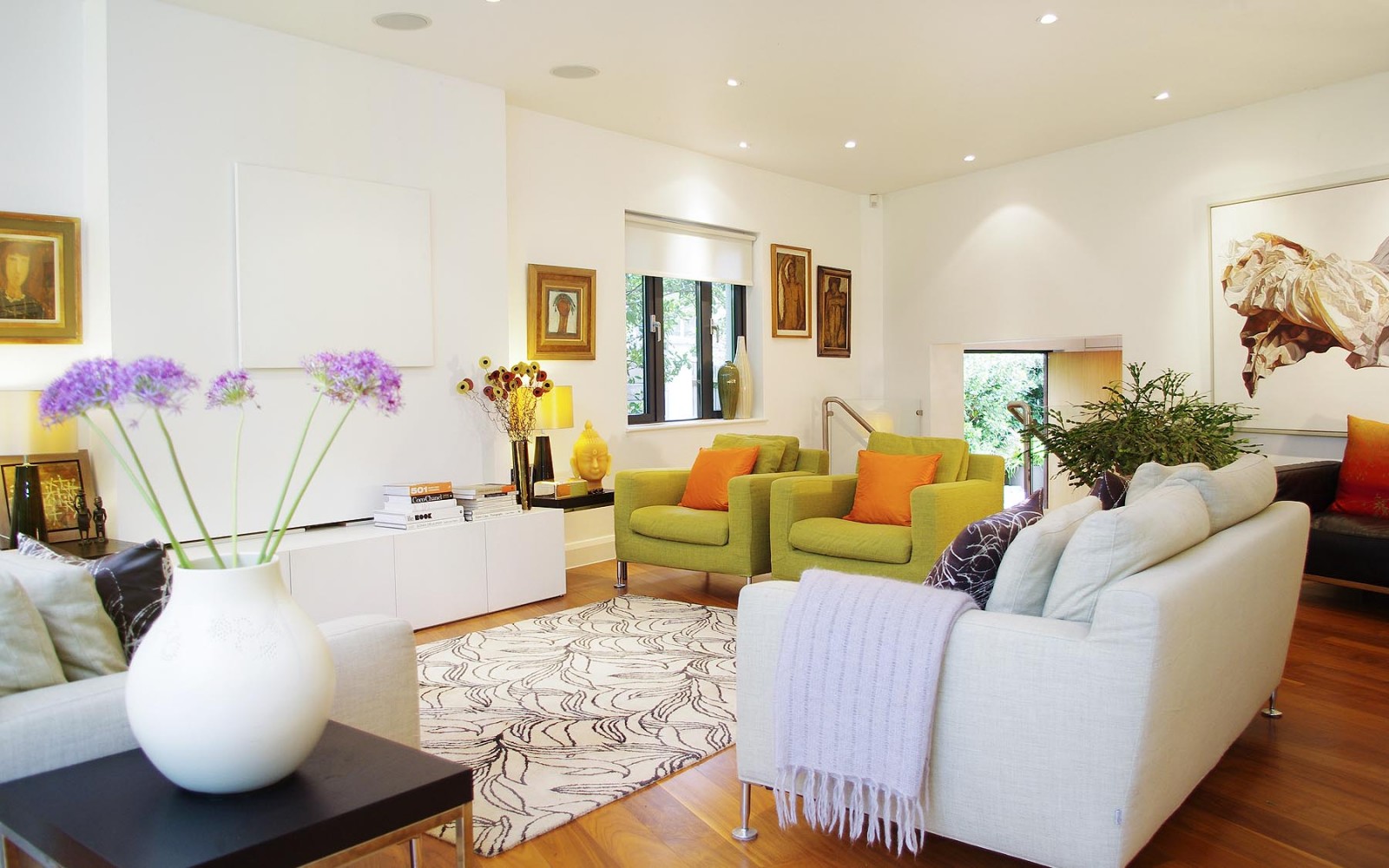
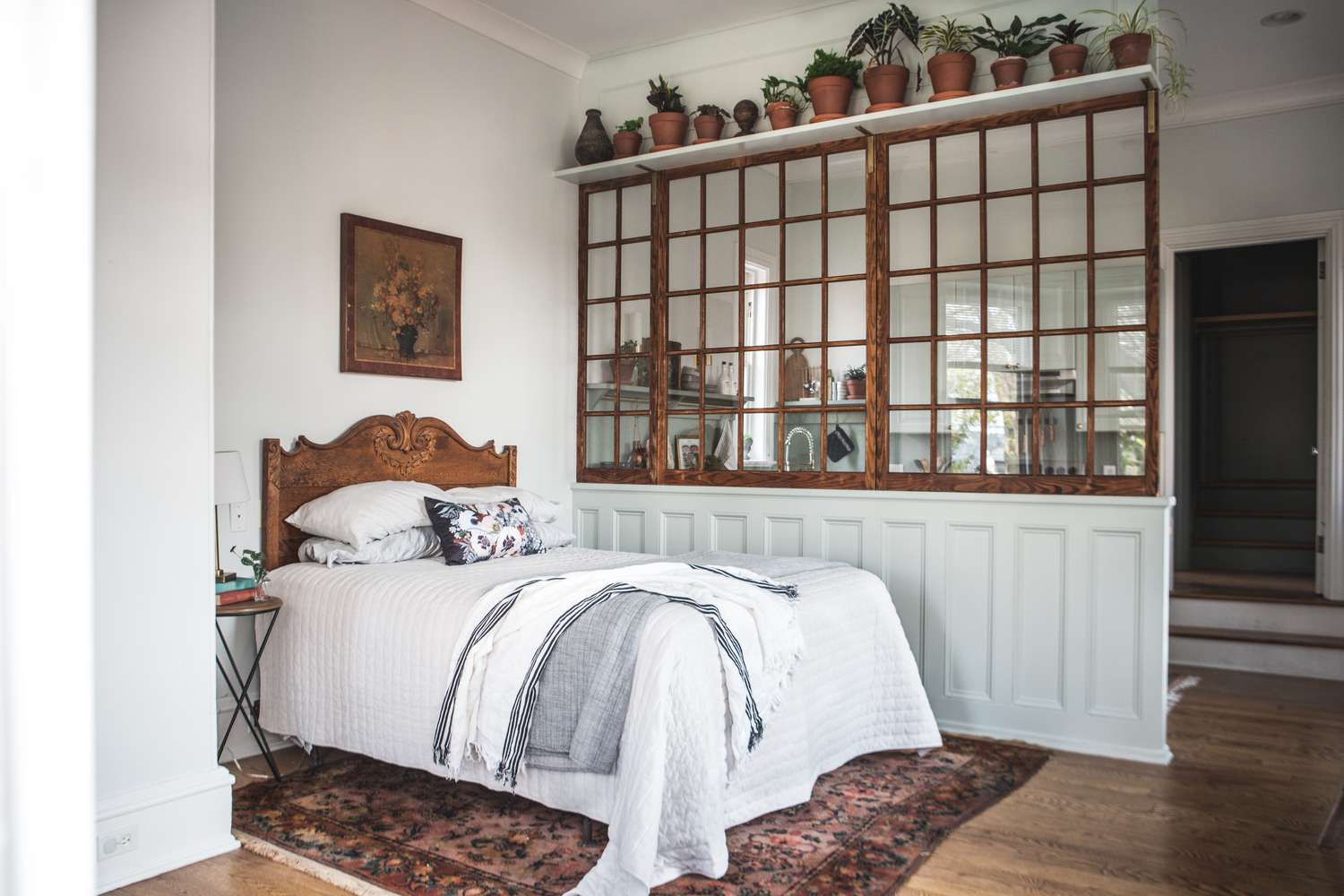
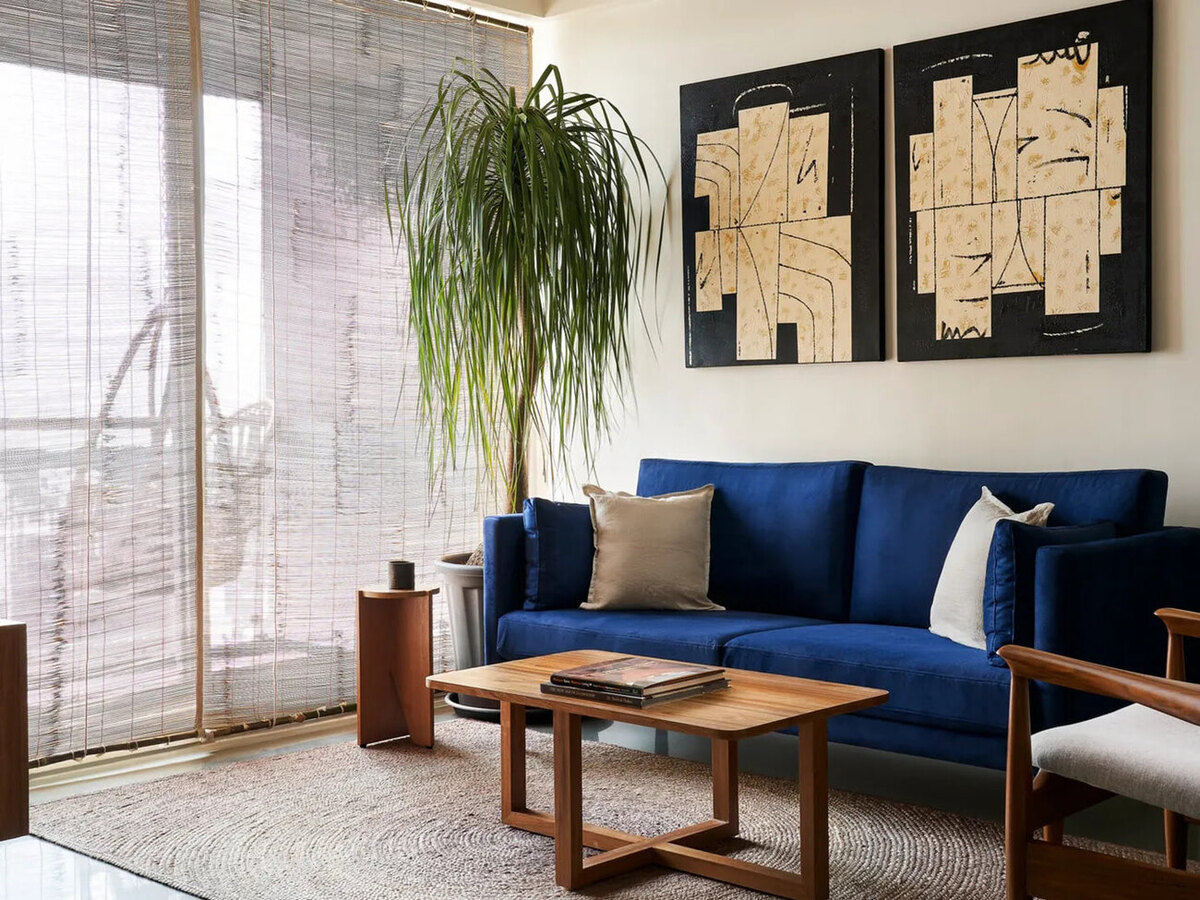
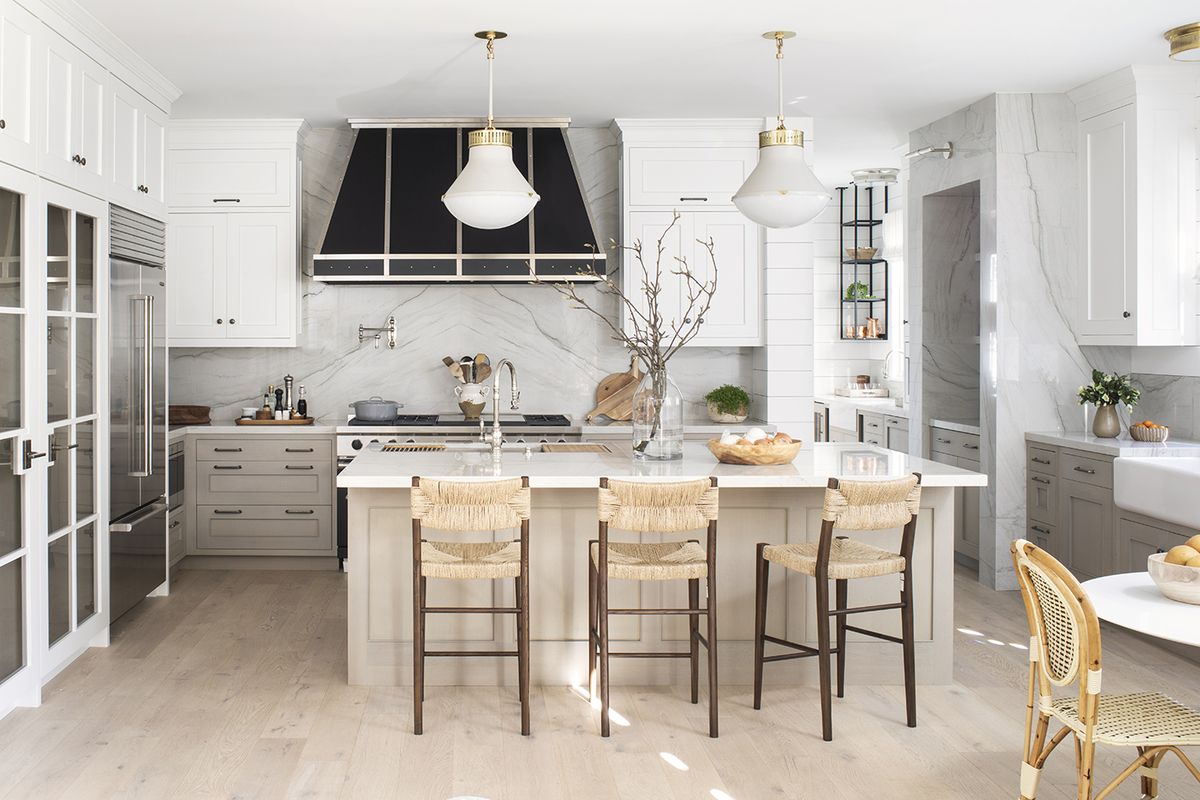
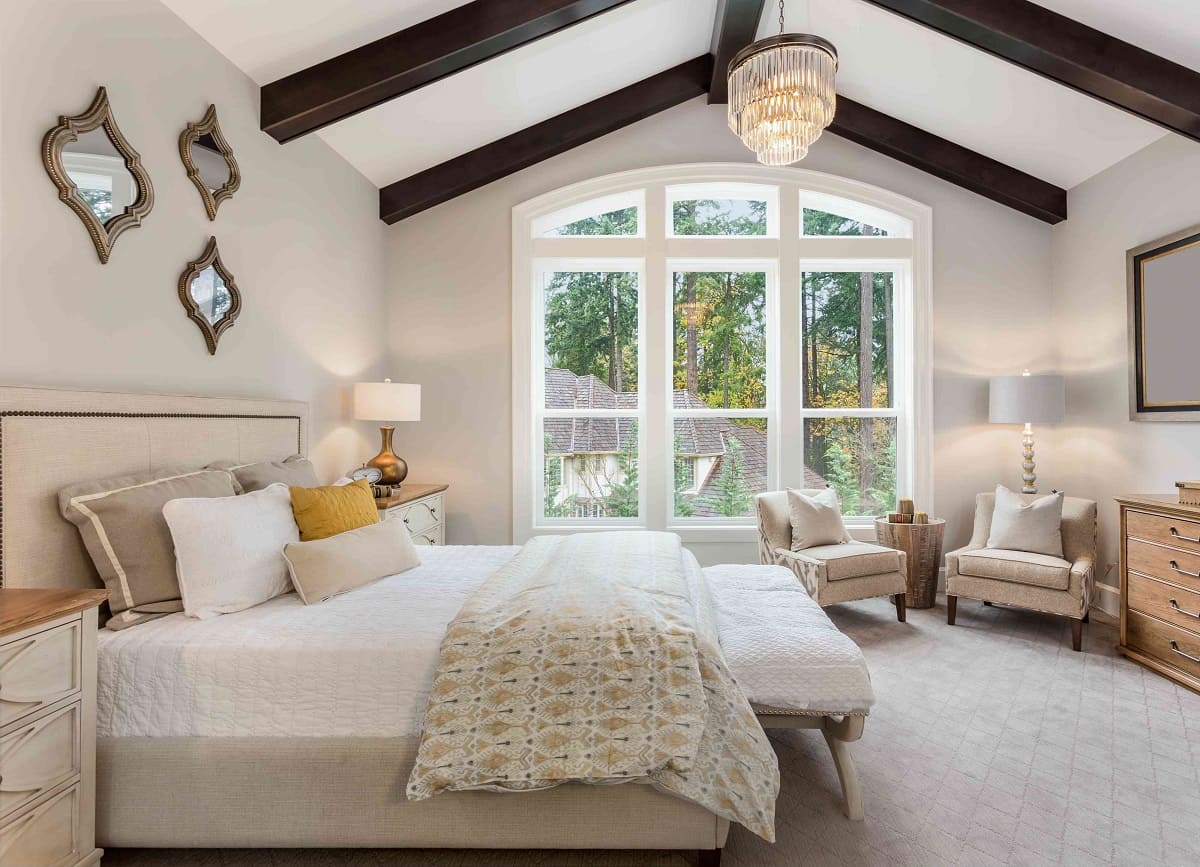
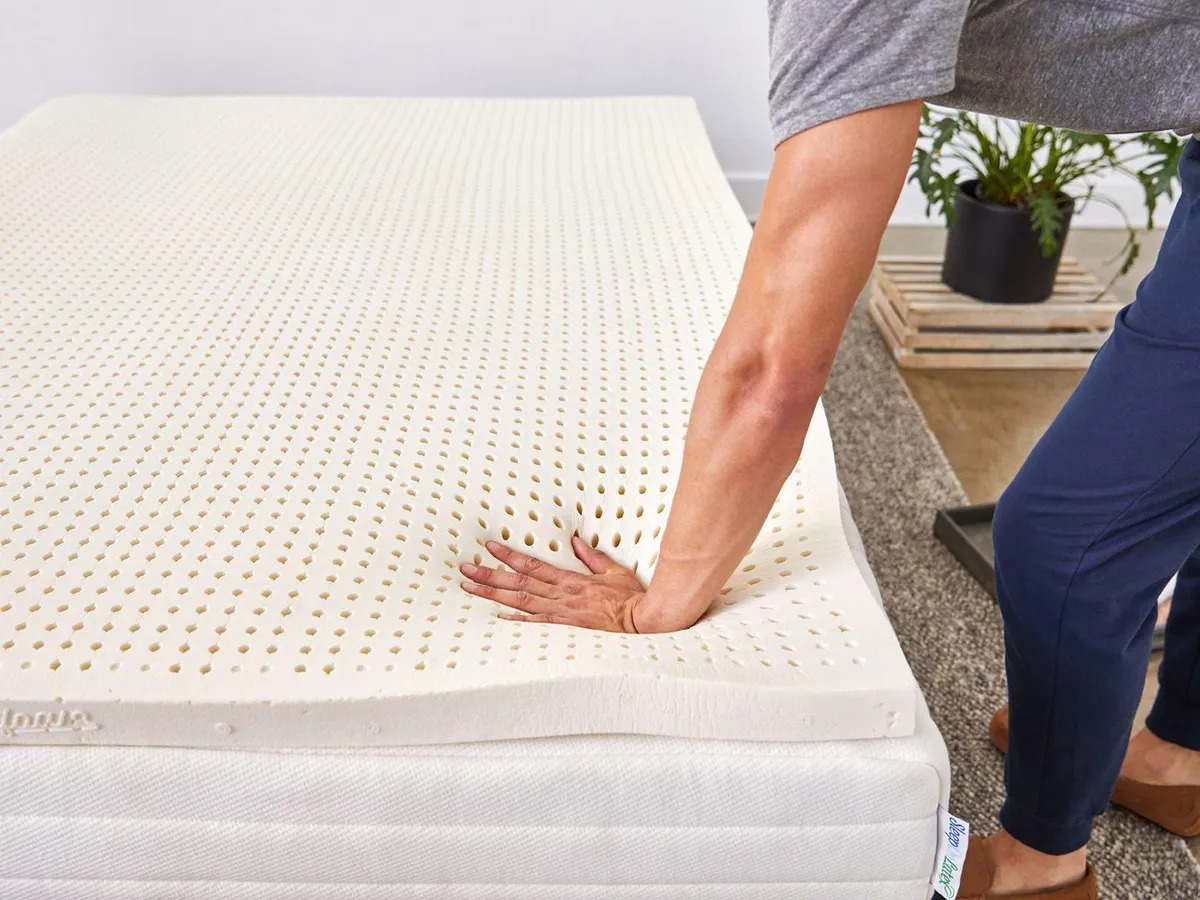

0 thoughts on “How Can I Make My Living Room Beautiful? 11 Expert Tips”